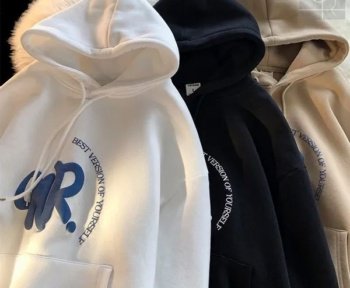1. Introduction
In today’s globalized world, businesses and professionals interact with people from different linguistic backgrounds. Traditional business cards have their limitations, but digital business cards offer a dynamic and adaptable solution. The question many professionals ask is: Can I create a multilingual digital business card? The answer is a resounding yes! This article will guide you through the process, benefits, and best practices for creating a digital business card that speaks multiple languages.
2. What is a Digital Business Card?
A digital business card is an electronic version of a traditional business card. It allows professionals to share their contact details, website links, social media profiles, and other business-related information in a digital format. Digital business cards can be shared via QR codes, email, or messaging apps, making them an eco-friendly and convenient alternative to paper cards.
3. Why Go Multilingual with Your Digital Business Card?
A multilingual digital business card enables you to connect with a wider audience and make a lasting impression on international clients and partners. Here are some key reasons why you should consider a multilingual digital business card:
-
Expand Your Reach: Reach global markets without language barriers.
-
Enhance Professionalism: Show your commitment to diversity and inclusivity.
-
Improve Communication: Ensure clear and effective communication with non-native speakers.
-
Increase Engagement: Clients and partners feel more comfortable interacting in their preferred language.
-
Gain a Competitive Edge: Stand out from competitors who use only one language.
4. Key Features of a Multilingual Digital Business Card
A well-designed multilingual digital business card should include:
-
Language Selection Option: Users can switch between different languages.
-
Localized Content: Adjust text and layout based on cultural preferences.
-
Unicode Compatibility: Supports multiple languages, including right-to-left (RTL) scripts like Arabic and Hebrew.
-
QR Code Integration: Provides easy access without typing long URLs.
-
Interactive Features: Clickable links, social media icons, and embedded videos.
5. Steps to Create a Multilingual Digital Business Card
Step 1: Choose a Digital Business Card Platform
Several platforms support multilingual digital business cards. Look for one that allows easy customization and language integration.
Step 2: Select Your Languages
Decide which languages you want to include based on your target audience. For example:
-
English for international communication.
-
Spanish for Latin American markets.
-
Mandarin Chinese for Chinese-speaking clients.
Step 3: Optimize for Readability and Design
-
Use clear fonts that support all selected languages.
-
Adjust text alignment for different writing systems (e.g., left-to-right vs. right-to-left).
-
Ensure images and icons are universally recognizable.
Step 4: Incorporate Interactive Elements
Enhance user experience by adding:
-
Clickable links to your website and portfolio.
-
Embedded videos introducing your business in multiple languages.
-
Social media buttons for easy networking.
Step 5: Test and Share
Before sharing, test the card on different devices and browsers to ensure compatibility. Then, distribute your card using:
-
QR codes on business materials.
-
Email signatures.
-
Social media and messaging apps.
6. Best Platforms for Multilingual Digital Business Cards
Here are some popular platforms that support multilingual digital business cards:
7. Benefits of Using a Multilingual Digital Business Card
-
Cost-Effective: No need to print and reprint physical cards.
-
Environmentally Friendly: Reduces paper waste.
-
Easy to Update: Edit details without printing new cards.
-
Instant Accessibility: Share with a tap or scan.
-
Global Recognition: Appeal to international clients.
8. Common Challenges and How to Overcome Them
9. Tips for Designing an Effective Multilingual Digital Business Card
-
Prioritize Clarity: Avoid overly complex designs.
-
Use Simple Language: Keep text concise and easy to understand.
-
Highlight Contact Information: Make key details stand out.
-
Ensure Fast Loading Speed: Optimize images and multimedia.
-
Keep It Mobile-Friendly: Most users access digital business cards on smartphones.
10. Conclusion
Creating a multilingual digital business card is a smart move for professionals looking to expand their network across borders. By choosing the right platform, designing with clarity, and optimizing for user experience, you can effectively communicate with clients and partners in multiple languages. Whether you’re a freelancer, entrepreneur, or corporate professional, a multilingual digital business card will enhance your accessibility, engagement, and global reach.





